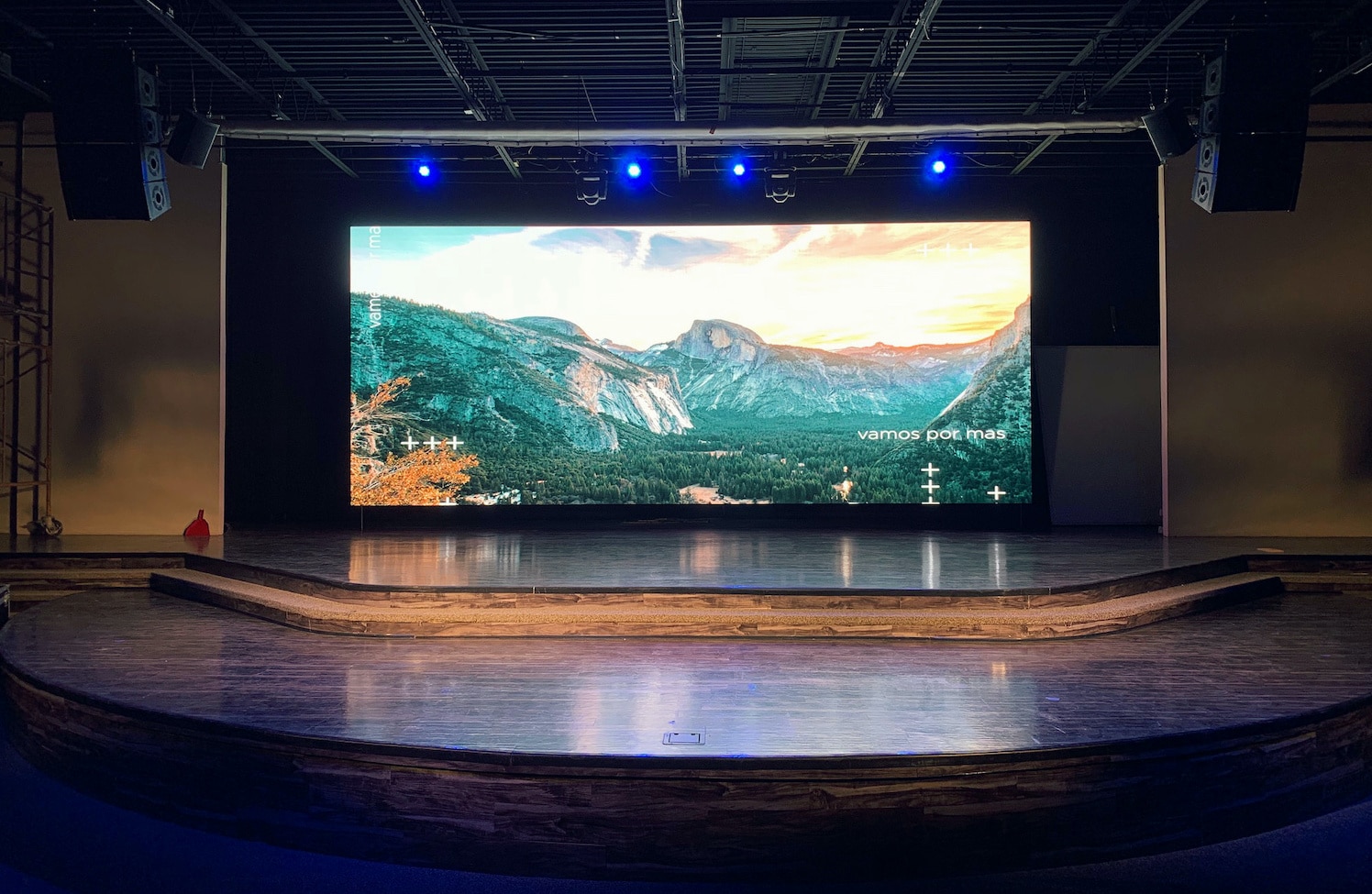Enhancing Aesthetic Impact Via Tactical Content Timing for LED Display Performance
Wiki Article
Enhancing aesthetic effect during LED wall performances demands careful planning and strategic content scheduling. Light-emitting diode screens are powerful instruments for visual storytelling, often used in concerts, gatherings, and presentations. The effectiveness of these displays depends not only upon the quality of the visuals yet additionally upon the manner plus timing they are shown. By understanding the viewers' focus duration plus the rhythm of the occasion, event planners can craft a more captivating encounter that enthralls viewers plus improves the total show.
One crucial aspect of tactical content scheduling is timing. It is essential to align the visuals with the rhythm and pace of the show. For instance, during a musical performance, visuals should complement the beat and mood of the melody. This alignment aids to forge a unified encounter that pulls the viewers in. Additionally, it is crucial to take into account the length of each image clip. Brief, striking segments can sustain viewer interest, while longer visuals may be suitable for moments of contemplation or sentimental bonding. By varying the duration and intensity of the visuals, organizers can maintain the viewers interested during the performance.

Another crucial factor is the content in question. The images shown on the LED wall should be pertinent to the concept of the show. This pertinence helps to reinforce the narrative being conveyed plus renders the encounter more memorable for the audience. For example, if the show is about ecological consciousness, using images that depict nature and wildlife can amplify the message. Furthermore, incorporating lively features, such as motion graphics or interactive graphics, can add thrill and maintain the audience's attention. The right content, presented at the appropriate moment, can considerably elevate the impact of the show.
Audience engagement is also a crucial consideration in visual timing. Comprehending the characteristics and tastes of the audience can inform the selection of visuals. For example, a younger audience may respond better to vibrant hues and quick motion graphics, while an mature crowd might value more nuanced and refined images. By customizing the material to the viewers' preferences, event planners can craft a more tailored encounter that resonates with spectators. Additionally, adding viewer involvement, such as real-time surveys or media engagements, can further enhance involvement and render the show more engaging.
Finally, assessing the efficacy of the content scheduling is essential for upcoming shows. Gathering feedback from the viewers can offer insightful information into what was effective successfully and what could be enhanced. This data can assist event planners improve their strategies and make knowledgeable decisions for upcoming events. By continuously assessing and adapting the content timing strategy, event planners can amplify the aesthetic Discover More Here effect of light-emitting diode wall shows and create unforgettable encounters for their audiences.